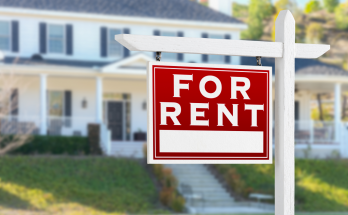Before you sign a lease agreement, it is important to understand what type of lease you are signing. Leases are on a spectrum: from gross leases (which are considered full service) to net leases (where tenants are responsible for most expenses at the leased property), lease types can differ, and knowing the difference is crucial.
In a gross lease, the tenant pays a flat rental amount, and the landlord pays for all property charges regularly incurred by the ownership, including taxes, utilities, and water. The best example of a gross lease is seen with most apartment leases, where you pay one fee and a landlord pays all the building’s expenses, including water, trash, gardening, etc.
However, there are also different versions of the gross lease. One example is the modified gross lease, where the tenant pays a rental fee and both the landlord and the tenant are responsible for paying a property’s operating expenses. The expenses each party will be responsible for will be established within the lease agreement.
At the other end of the spectrum is the net lease. With a net lease, the tenant agrees to occupy the property and pay most of the property’s expenses.
Like the gross lease, there are several different types of net leases. For example, with a triple net lease, the tenant pays a lower rent and is then also responsible for taxes, insurance, and maintenance.
In the end, the type of lease depends on the amount of risk a tenant or a landlord will bear. For example, a triple net lease is a low risk for the landlord, as the tenant is responsible for most of the building’s expenses. However, a triple net lease is high-risk for a tenant who will have to pay a significant amount in expenses, despite the low base rent. Therefore, all leases are not created equal, which is why it is so important to know the type of lease you have before you sign.




